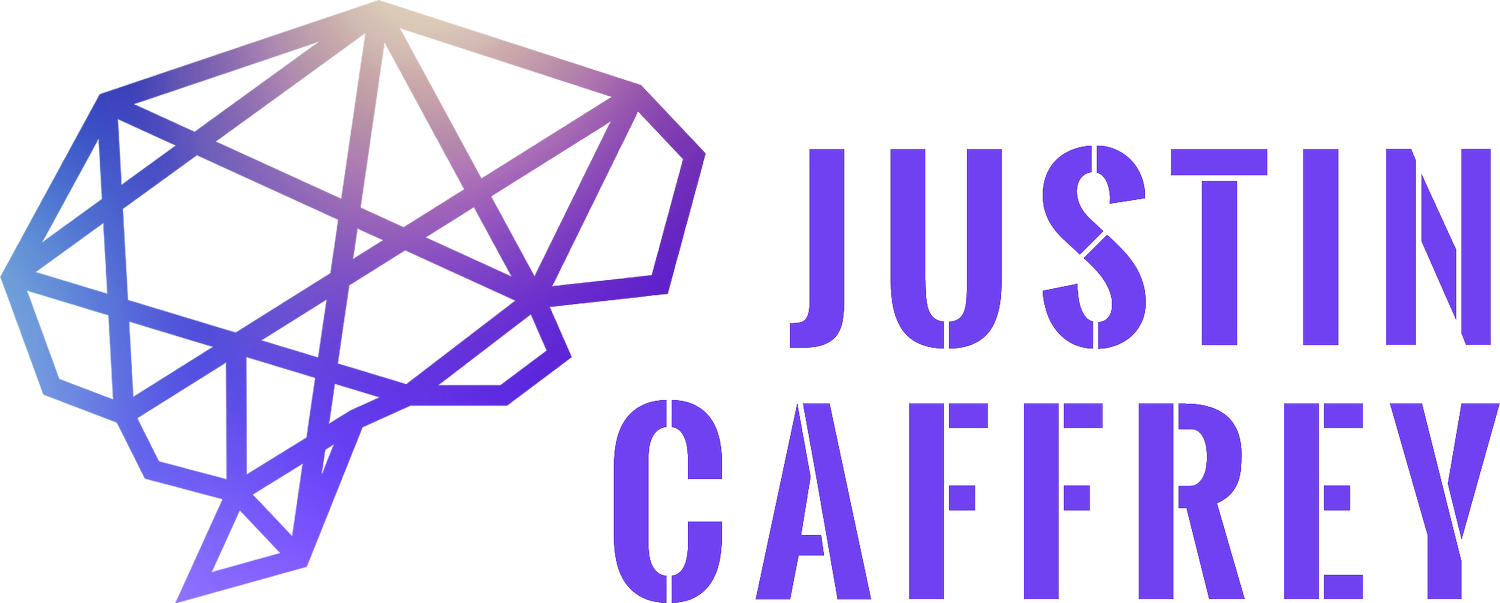Bloodied but Unbowed: A Runner’s Silent Battle with Vulnerability
This morning’s walk with the dog turned into an unexpected moment of reflection, as I witnessed a scene that struck a chord with me. A jogger, a woman, caught my attention not through her pace or determination, but because of an unfortunate mishap that sent her tumbling to the ground. The incident unfolded about 80 meters ahead of me, close enough for me to see the severity, yet far enough for me to remain an observer, not a participant.
The jogger’s immediate reaction was quite telling. Despite the clear pain and the scrapes on her limbs, she quickly dusted herself off and resumed running, almost as though she was denying the fall and its impact. This dismissal wasn’t just about her physical injuries but also about a nearby passerby who seemed ready to lend a hand. It was a stark illustration of how far we go to hide our vulnerabilities, even when faced with clear distress.
Later, at the marina in Greystones, I saw the jogger again, this time assessing her injuries by her car. The state of her running gear, torn and bloodied at the knees and arms, sharply contrasted with her earlier rejection of help. Her insistence that she was “fine,” despite the obvious injuries, highlighted a common human tendency: our reluctance to admit and share our pain, whether it’s physical or emotional.
This morning’s encounter is a mirror to what I often see in my coaching work, especially with leaders. There’s a common struggle to maintain a facade of invincibility, to assure everyone around that “everything’s under control,” even when there’s turmoil brewing underneath. This isn’t just about protecting one’s ego; it’s a deep-seated behavior, likely a survival mechanism inherited from our ancestors. The fear of being sidelined or deemed incapable can make individuals bottle up their struggles rather than seeking help.
Why do we fear vulnerability so much? I believe it traces back to ancient tribal dynamics, where an individual’s value was linked to their contribution and strength. This age-old fear of exclusion for showing weakness isn’t just a relic of the past; it continues to shape our actions and interactions today.
In psychology, the endless replay of our worries and fears is referred to as “ruminating thoughts.” If not addressed, these can spin out of control, leading to increased stress and reduced cognitive function. It’s crucial to break this cycle, to share these burdens, and to allow our nervous system to shift away from the constant fight-or-flight mode.
Particularly for leaders, finding a safe space to express vulnerabilities is essential. It’s not about broadcasting weaknesses but acknowledging them in a confidential setting to seek support and solutions. High performance doesn’t mean being invulnerable. Even the most successful individuals have their moments of doubt and fear. The key isn’t to blindly push through but to seek help and navigate these challenges.
As a coach, I stress the importance of moving from a state of constant stress to achieving a “flow state,” where individuals can perform at their peak without being hampered by underlying anxieties. It’s about tapping into the full potential of our cognitive abilities and creating an environment where creativity and efficiency can flourish.
Today’s encounter goes beyond a simple fall during a morning run; it’s a call to action, especially for those in leadership positions, to recognize the strength in seeking support. In a world where vulnerability is often viewed as a weakness, the real courage lies in reaching out, embracing the complexities of our human experience, and allowing ourselves the space to heal and grow.
Building upon this narrative, it’s pivotal to understand the significance of high vagal tone and high Heart Rate Variability (HRV) in the context of resilience and vulnerability. High vagal tone, indicative of a well-functioning vagus nerve, enables us to recover swiftly from stress. It fosters a state where our bodies can relax more easily after a stressor, enhancing our ability to bounce back. Similarly, high HRV reflects a robust balance between the sympathetic and parasympathetic nervous systems, allowing for a more flexible response to stress. In such states, we’re not just better equipped to handle stress; we’re also more open to embracing our vulnerabilities. Recognizing that true strength comes from being supported, rather than remaining isolated, is at the heart of high-performance leadership and sports today.
Had the jogger this morning embraced the offer of help, it would have not only provided immediate physical relief but also soothed her nervous system, thanks to the calming influence of the vagus nerve. This act of acceptance could have transformed a moment of distress into an opportunity for connection, creating a positive feedback loop for her vagus nerve and her mental state. Instead of recounting a tale of a fall and recovery alone, she could have been sharing a story of kindness and communal support, illustrating the profound impact of human connection on our well-being. This is the essence of modern high-performance: acknowledging that vulnerability, when met with support, can lead to greater strength and resilience.
Don’t wait to be told you need help, seek it out now and make sure you have the right support in your corner.
About Justin Caffrey
For organizations and individuals ready to embark on this transformative journey, Justin Caffrey offers expert guidance grounded in the latest research and best practices in high-performance coaching. Whether you’re looking to enhance team dynamics, develop emotional intelligence, or build resilience, Justin’s holistic approach provides the tools and insights needed for sustained success.
Ready to unlock the full potential of your team and lead with confidence? Reach out to Justin at jc@justincaffrey.com and take the first step towards creating a high-performing, resilient team.
